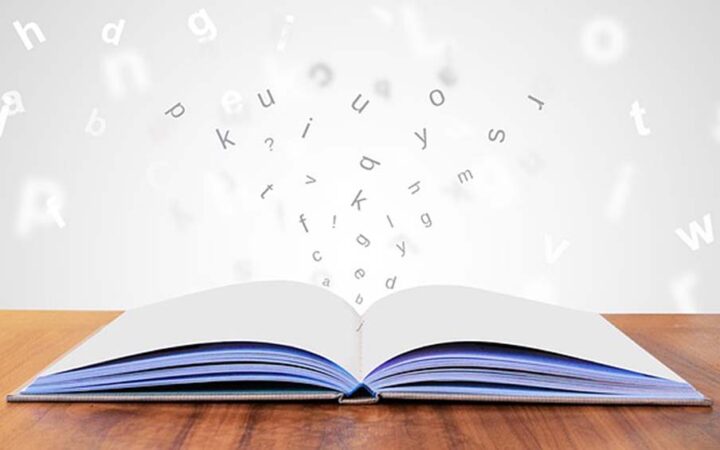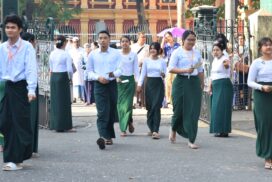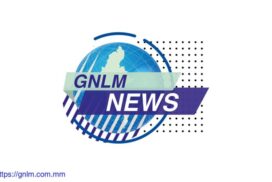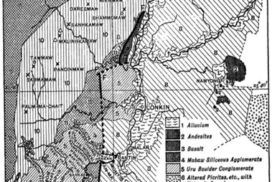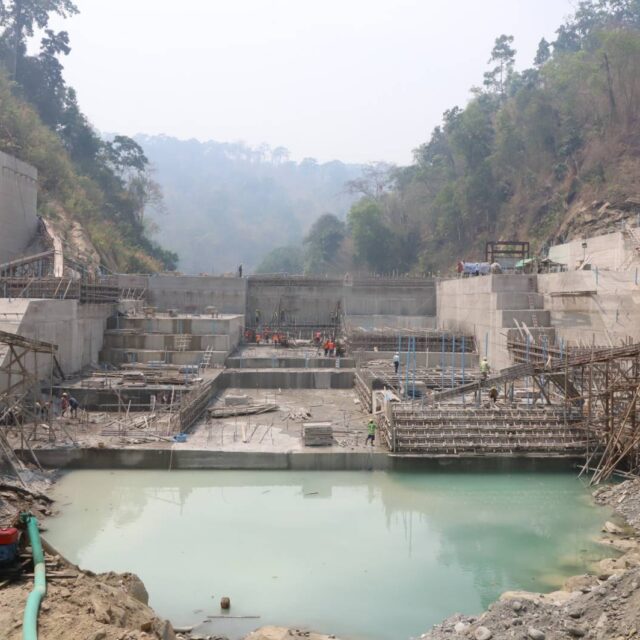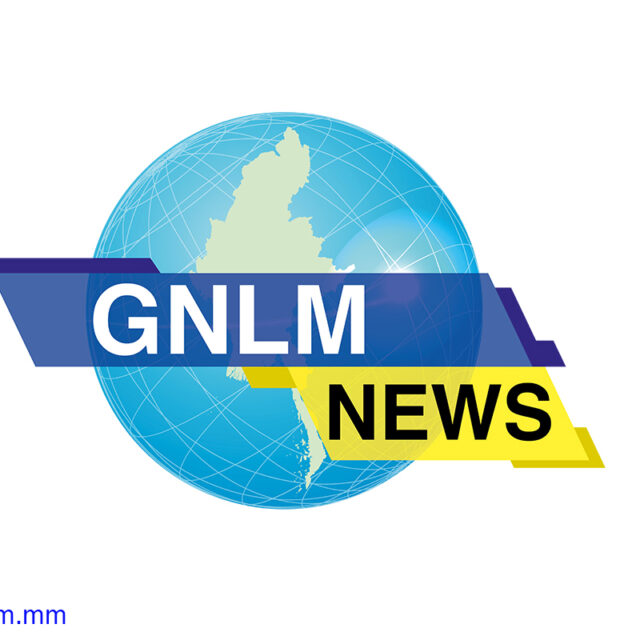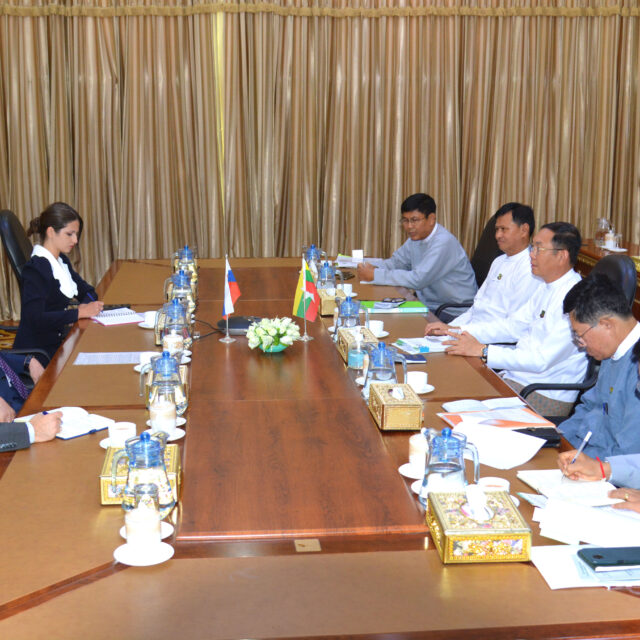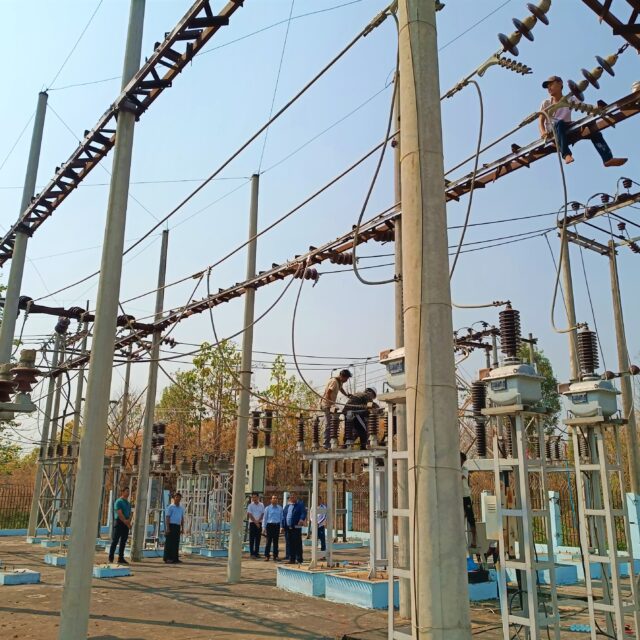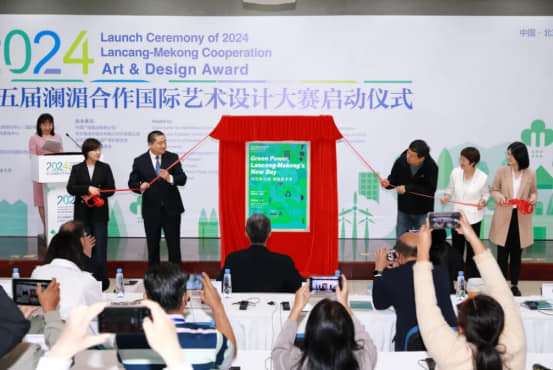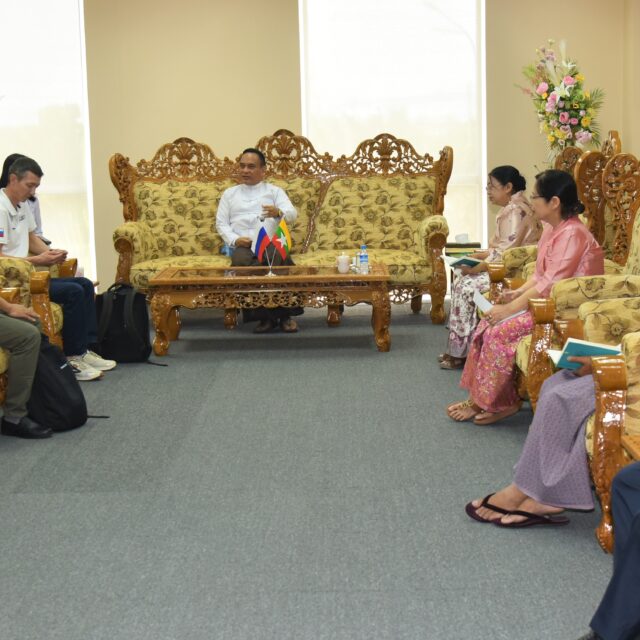In so far as I know it, a curriculum is the lifeblood of an education system, for various reasons. After the curriculum has been drawn in the realm of education, especially basic education, it often takes time to be re-drawn or even updated for formal education of most world nations except some developed countries whose education is based on a living or flexible curriculum, because curriculum developers usually dedicate heaps of their time and effort to drawing a suitable systematic curriculum with all their heart. Thus, novice teachers and teachers still in charge ought to implement the prescribed curriculum effectively. Here, the key issues in curriculum study for teacher training relate to the general goals and specific standards of subject areas. Of course, curriculum development is really difficult, and curriculum work is essential for study if teachers are to keep the learning environment current and efficient.
In terms of its Latin origin `currere´, a curriculum means `running´, that is, to reach the goal or objective of education. In brief, the meaning of curriculum is delimited as carefully guided, reselected experiences, concrete plans for learning, ends or outcomes of getting educated, or systems for achieving educational production. The curriculum of a school is the formal but sometimes informal content and process by which students gain knowledge or understanding, develop skills, and alter attitudes, appreciations, or values under the auspices of the school. Myanmar Basic Education Law states that the curriculum shall mean subjects taught at school and practical educational development activities constituting training inside and outside schools to realize the educational objectives prescribed by the law. The curriculum will certainly consist of five aspects: 1) program of studies, 2) curriculum in the field, 3) course of study, 4) unit, and 5) lesson plan, where the first refers to school subjects or disciplines and activities; the second to a particular domain of knowledge; the third to learning experiences in a field for a semester or year, often composed of several units; the fourth to a series of learning experiences which culminate in the resolvement of a problem or task; and the fifth to the ordering of the instruction for a single period.
In the curriculum, there are found four components. These components are objectives, content, implementation, and evaluation. The objectives make the curriculum decision on what to cover, what to emphasize, what content to select, and what learning experiences to stress. A curriculum’s objectives should be stated clearly and succinctly consistent with the general objectives of education and a particular curriculum as well as the specific objectives of each subject and the translation into objectives for each lesson or activity. These objectives may be derived from three main sources of data – the student, the social condition, and the nature of the subject matter – and then divided into three domains – cognitive, affective, and psychomotor. And the curriculum content should contain the learning experiences organized as regards at least two fundamental requirements – the requirement of society, and that of child growth and learning, in which content standards are those considered competencies all students must attain before graduating from high school. Integration, reiteration, and sequence are the guiding principles in the detailed organization of an effective course. Integration is the relationship between learning experiences in the several areas concurrently being presented to the lesson that must be arranged so as to reinforce and illuminate one another. The integration within and between areas of knowledge is needed. Reiteration refers to the repetition of major curriculum elements that have to involve wider and more advanced information. Sequence emphasizes that each successive learning experience needs building on the preceding one in the progression of tasks in order of depth and difficulty as the student climbs an educational ladder. Besides, learning experiences are planned and guided by the school in accordance with societal opportunities, school community nature, teacher-student relationship, individual differences, readiness levels, actual lesson content, and methods given to students. The major purpose of curriculum evaluation is to determine whether what has been planned has actually been carried out and the intended outcomes have been achieved. Positive findings on these two purposes aid in the interpretation associated with student evaluation. Through evaluation, more rational decisions may be made about the extent to which precisely defined objectives have been or can be attained.
For the curriculum development, the teacher must recognize five broad categories of students: terminal students (drop-out students), college-bound students (students preparing for higher education), vocational-technical students (students primarily preparing for jobs), destination unknown students (students with native ability but not an expected level of achievement during high schools), and students with special needs (students with emotional, mental, or physical disabilities). Curriculum development should always proceed on the basis of a clear understanding of the various kinds of students the curriculum is intended to serve; in other words, every curriculum includes three expansive academic offerings: general education, exploratory education, and career education. General education addresses the common learning requirements for all students. This education aims to provide a basis for citizenship participation and good mental health; fosters student development in reading, composition, speaking, listening, computing, humanities, arts, music, social and natural sciences; stresses learning skills of knowledge application and inquiry. Exploratory education is expected to help students take exploratory experiences and utilize them in making educational and career decisions that they will pursue in high school and beyond. Career education is a balanced education that prepares students to function successfully in the real world, where elective courses enrich this education by giving them an opportunity to take up in earnest a particular avenue of learning. The task of education is to promote creativity, emotional health, physical prowess, social expertise, and cognitive skills as well as a curriculum should have everything that happens to students within the space of their time at preschools, nursery schools, or students’ centre. What a teacher is obliged to do is develop the curriculum that enables such total learning to take place.
School systems are now using a large variety of structures to develop their curricula. Such structures are commonly founded on two categories, subject-centred and learner-centred curriculums. The subject-centred curriculum focuses on what is to be taught and is content-oriented, whereas the learner-centred curriculum relies on the needs of students and is process-oriented. The subject-centred structure comprises separate courses and fused programmes. In the single-subject curriculum, the areas of knowledge are taught in isolation without any attempt at integration with the intent to provide a discipline for students that alerts them to set classifications and to recognize arrangements of facts and ideas which have lasted over time. The single-subject curriculum remains almost intact, but students are introduced to subject areas as a whole rather than to bits and pieces. This curriculum demands extensive explanation and oral discourse. On the other hand, the fused curriculum attempts to decrease the number of separate subjects that have gradually accumulated in the single-subject structure. The fused approach provides students and teachers more latitude within an extensive subject area.
Typical learner-centred structures are the core curriculum and the activity curriculum, both of which have social and psychological foundations. The social foundation lies in an awareness of what society expects of maturing young students while the psychological foundation is in students’ interest and appreciation for learning. In the learner-centred structure, its motivation becomes intrinsic instead of being extrinsic. With an increasingly fragmented society, the only logical approach to developing social values and vision is through a core organization. The core curriculum may have different degrees of organization and cross broader subject lines, even placing much greater stress than the fused curriculum on the need to integrate subject matter. It stresses facts, descriptive principles, socioeconomic conditions, and moral values of conduct and behaviour; students spend much time studying the culture and its moral content. On the other side, the activity curriculum treats the student as the sole centre of learning in its purest form. If a child develops an interest in something and becomes emotionally involved with it, learning is enhanced. After all, the activity curriculum encompasses all subject matter.
Articulation and balance play two essential sectors for curriculum evaluation. Assessment of articulation evaluates how well various school programmes are working together both horizontally and vertically in achieving curriculum goals and aims for education whilst balance examines the degree of emphasis in any school programme. In this context, student evaluation, standardized assessment, authentic assessment, portfolio assessment, and grading can be applied effectively and efficiently. Above all, curricular issues are constantly changing as modern society acquires new expectations. A teacher working in curriculum development must be knowledgeable about current issues and how these issues bear on the goals and aims of the curriculum. The teacher ought to bring about the motivation in such curriculum development and its implementation at all levels of education with a view to accomplishing the national educational goal.
A Comprehensive Survey of Curriculum Developing
- January 07, 2024
- 216
